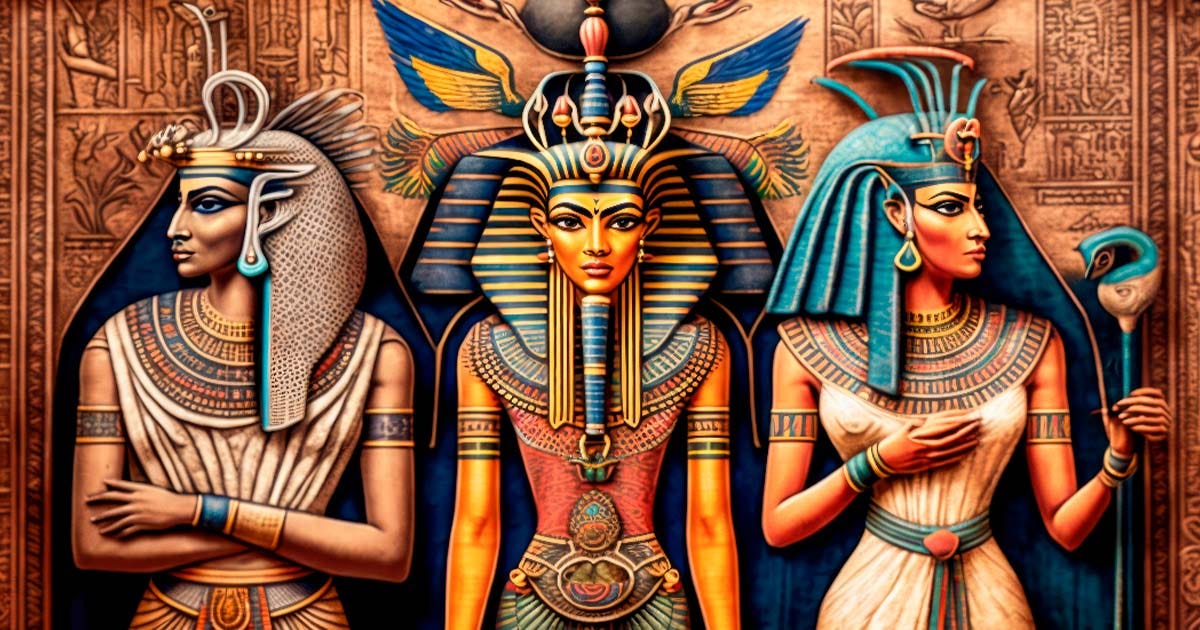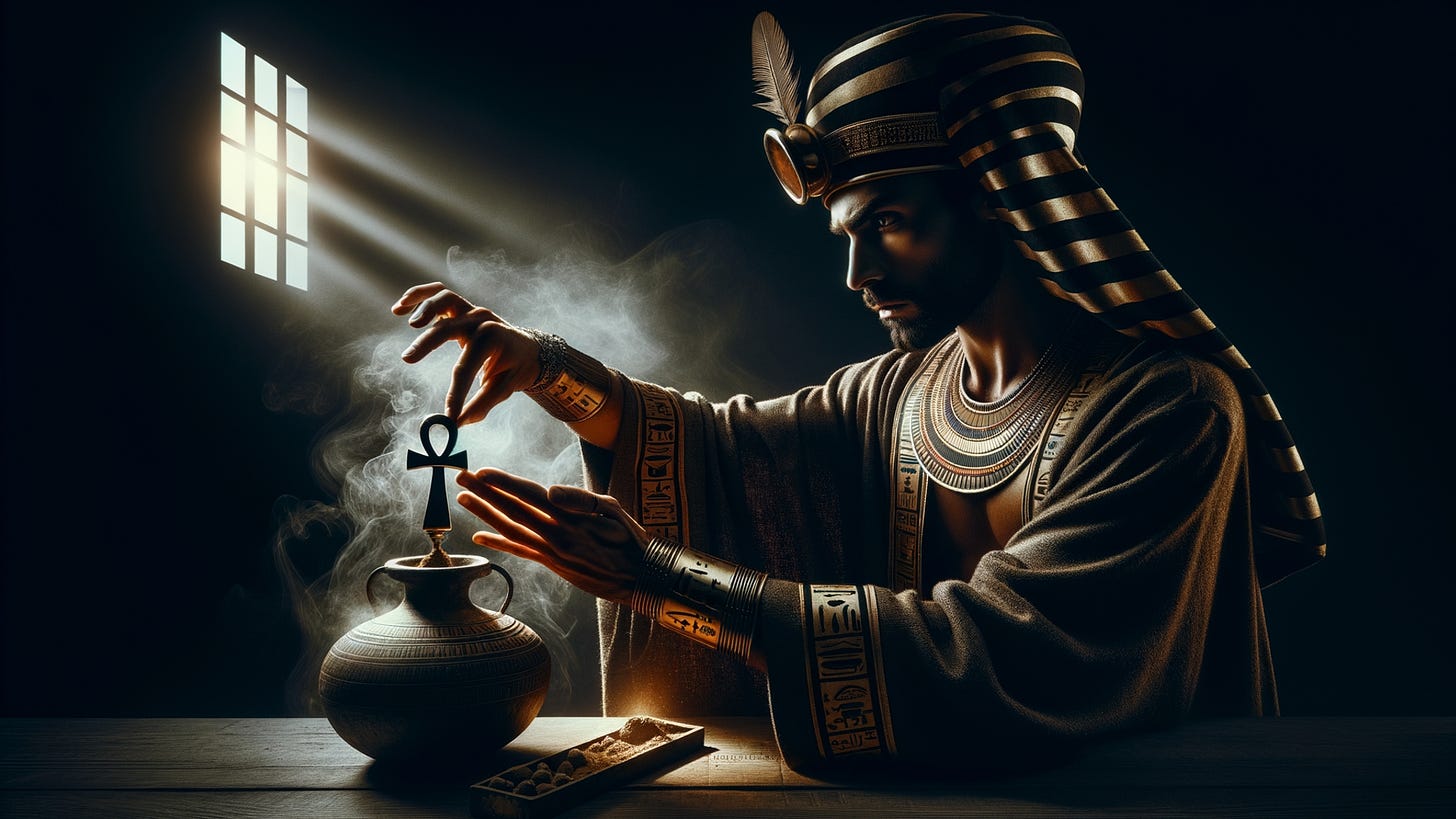Healing Powers of Ancient Egypt
Historical Overview of Egyptian Healing
The historical overview of Egyptian healing reveals a rich tapestry of practices that intertwine spirituality, medicine, and nature. Ancient Egyptians viewed health as a balance between the physical and spiritual realms, believing that illness could stem from both physical ailments and spiritual disturbances. This dual approach led to a sophisticated system of healing that incorporated the use of herbal remedies, essential oils, and the sacred practices of incense burning. The Egyptians meticulously documented these methods in texts such as the Ebers Papyrus, which dates back to around 1550 BCE and contains over 700 remedies and treatments.
Egyptian healing practices were rooted in the belief that the human body was a microcosm of the universe. This holistic perspective emphasized the interconnection between body, mind, and spirit. Health was considered a divine gift, and maintaining it required adherence to specific rituals and offerings to the gods. The Egyptians often turned to the deities associated with healing, such as Imhotep and Sekhmet, who were invoked for guidance and support in healing practices. Rituals often included prayers, chants, and offerings, demonstrating the deep spiritual connection that characterized their approach to health and wellness.
The use of essential oils and incense played a crucial role in Egyptian healing rituals. Oils derived from sacred plants, such as myrrh and frankincense, were not only valued for their aromatic properties but were also believed to possess potent healing capabilities. These oils were used in massage, anointing, and rituals to promote physical healing and spiritual purification. The act of burning incense was also central to healing practices, as the smoke was thought to carry prayers and intentions to the divine, creating a sacred atmosphere conducive to healing
.





